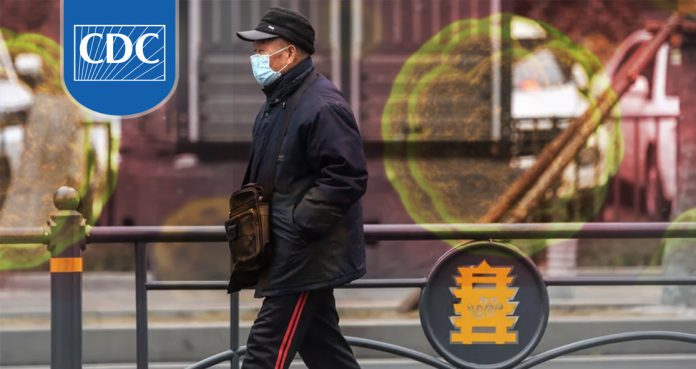On Sunday, the U.S. Centers for Disease Control and Prevention (CDC) confirmed that the new coronavirus, aka 2019-nCoV, which was first identified in Wuhan, China, has now been spreading to the United State – this time in California and Arizona.
The patients who have been confirmed to have the infection recently returned to the United States from Wuhan, where the outbreak started in December 2019.
So far, the virus has killed 52 people in China. In the United States, there have been five confirmed cases of 2019-nCoV so far.
“Based on the patient’s travel history and symptoms, healthcare professionals suspected 2019-nCoV,” said the CDC.
“Clinical specimens were collected and sent to CDC, where laboratory testing confirmed infection with 2019-nCoV. Investigations are underway to determine where these patients went after returning to the United States and any close contacts who were possibly exposed. CDC teams have been deployed to support these efforts,” it continued.
The CDC added, “This is a rapidly evolving situation, and we are still in the early days of the investigation – both domestically and abroad. CDC continues to monitor the international situation with our teams on the ground in affected countries, as well as domestically in the four states with confirmed cases – Arizona, California, Illinois, and Washington.”
“CDC is leaning forward with an aggressive public health response strategy and working closely with state and local public health authorities to identify potential cases early and make sure patients get the best and most appropriate care,” the agency said.
Warning people that there could be more cases in the United States, the CDC said, “It is likely there will be more cases reported in the U.S. in the coming days and weeks, likely including person-to-person spread. In previous outbreaks with MERS and SARS, the two other coronaviruses that have jumped the species barrier to cause severe illness in people, person-to-person spread has been seen, including among healthcare workers caring for patients ill with coronavirus infection.”
The CDC added, “This underscores the importance of appropriate precautions in the health care setting as well in homes of people who are infected with 2019-nCoV but who may not be hospitalized. CDC has developed guidance for both situations.”
Officials said this is a very serious public health issue and they understand that people are concerned about the virus.
Anyone who is in close contact with a person affected by 2019-nCoV will be at risk of catching the infection. People are advised to take precautions by following the CDC guidelines to prevent spread in communities and homes.
Although this is a serious public health issue, the CDC said the immediate risk to the people in the United States is low at this juncture.
The CDC has recommended travelers to avoid all nonessential travel to Hubei Province, China. It has also recommended people traveling to other parts of China to take certain precautionary measures, such as avoiding close contact with people who are sick and following good hand hygiene. Currently, it is flu season and it is expected that flu activity would still be high in the next few weeks. So, the officials are recommending people to get their flu shot, practicing precautionary measures to stop the spread of the virus, and taking their antivirals if advised.























